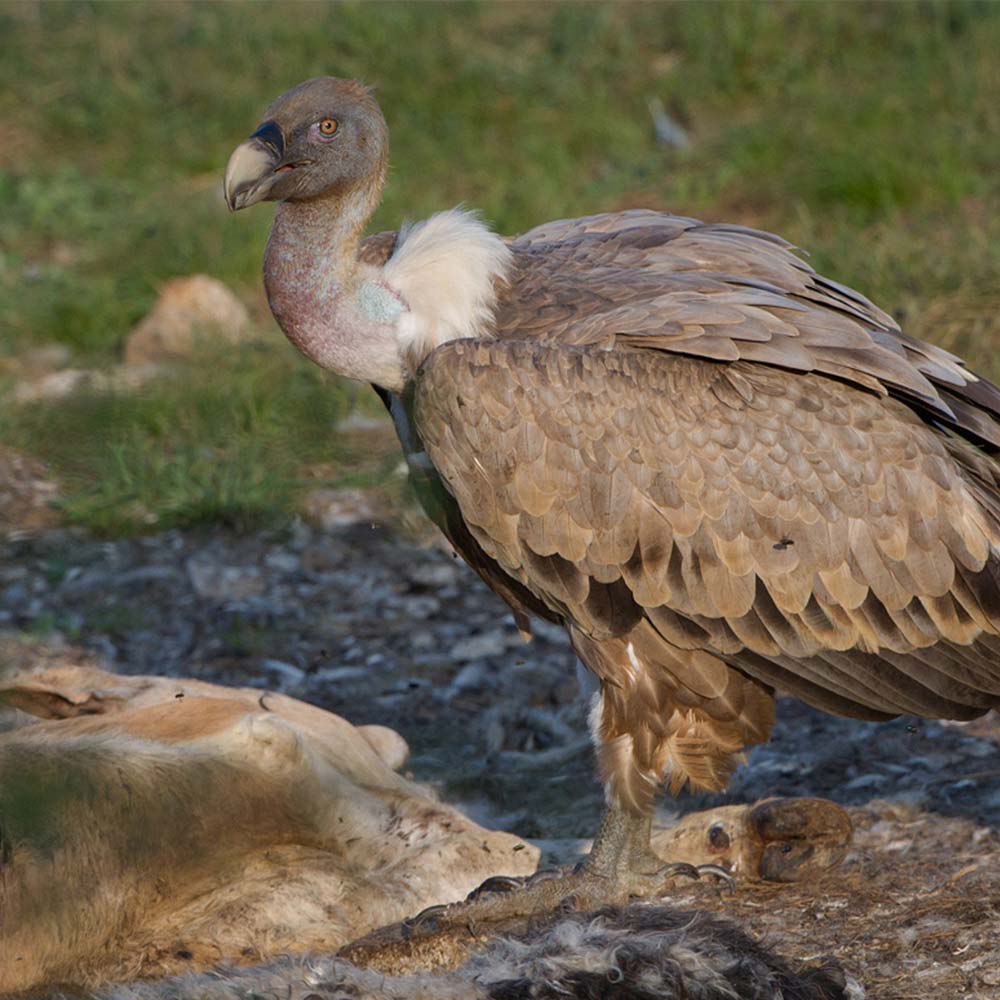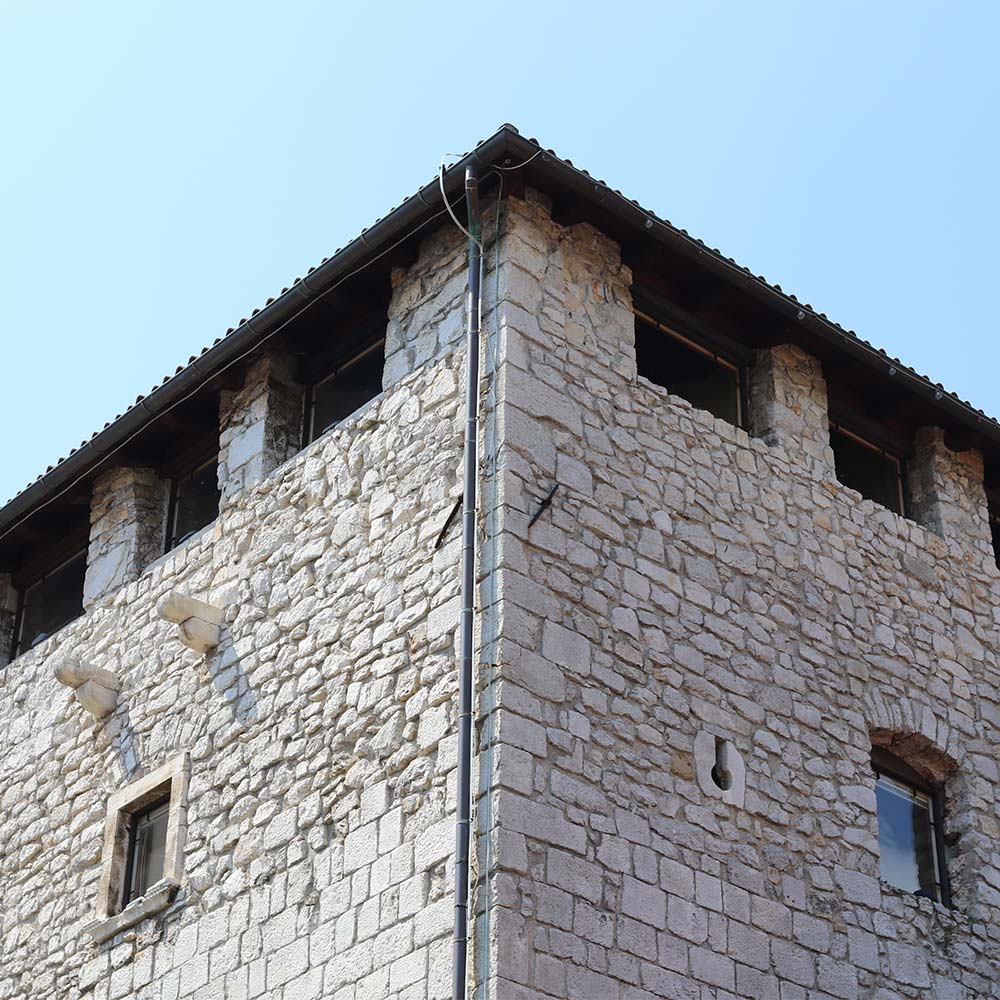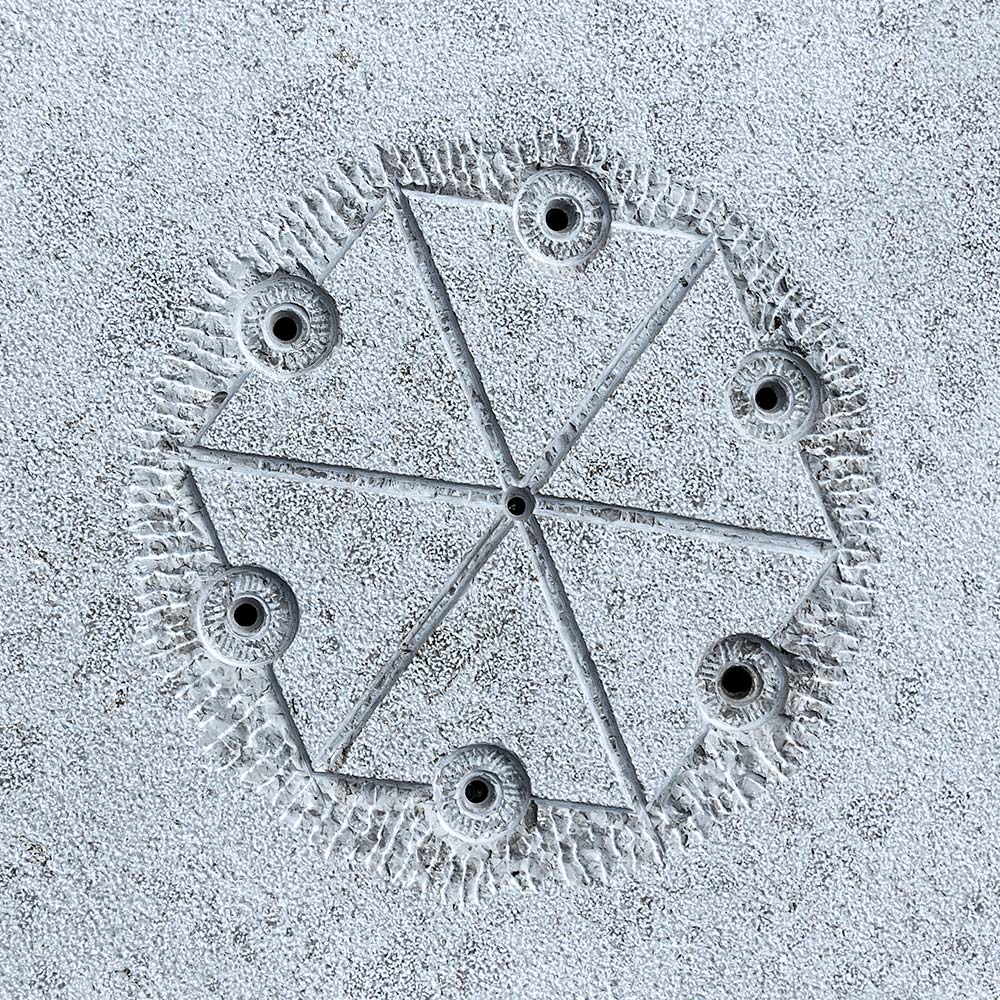The Ecomuseum Vlaški Puti (Vlach Paths) is a place of valorisation and presentation of the social history and traditional culture of Šušnjevica and nearby surroundings through the concept of a cultural landscape. It consists of the Interpretation Centre and the Media Library, situated in the old
local school, and the walking theme paths through the Učka Nature Park, directly connected with the life and activities of the community.
In its organization, the Interpretation Centre with the theme paths and the landscape interpretation is based on the concept of ecomuseology, i.e. a holistic approach to the heritage and active engagement of the local community in the interpretation and management of their own cultural heritage.
The mission of the Interpretation Centre and the Ecomuseum Vlaški Puti is to valorise and present the social history and the traditional culture of Šušnjevica and the surrounding villages with particular emphasis on transfer of knowledge about the Vlach (so called Istro-Romanian) language and culture. The Vlachs are a bigger ethnic community formed from different ethnic groups settled in South-eastern Europe. In the past they lived mostly in tribes as nomadic cattlemen without leaving much material cultural remainings. Not once during their domination over the Istrian peninsula, did the Venetians and Austrians inhabit these areas with Slavic and Vlach people. The Istrian Vlachs also called Ćići preserved their customs and native Istro-romanian language and live mostly on the South-eastern part of Istria – in the villages of Žejane, Šušnjevica, Nova Vas (near Kršan), and in the surroundings of Čepić field and the Boljunčica river valley. However, there are less and less Vlach language native speakers, which is the cause of its endangered status and why it’s listed as national protected cultural heritage and in the UNESCO’s Atlas of the World’s Languages in Danger.
Javna ustanova Park prirode Učka
Liganj 42
51415 Lovran
Hrvatska




